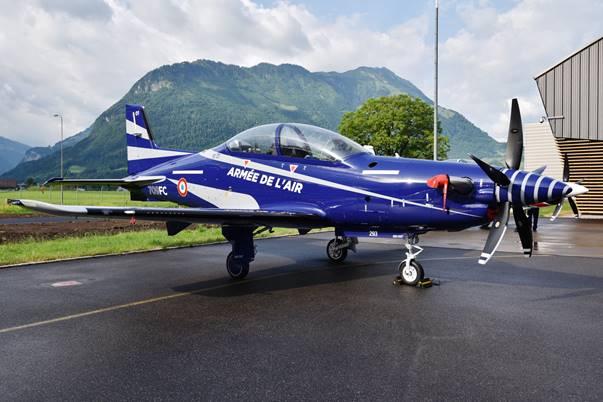Countries Giving Greater Role To Turboprop Trainers | 訓練課程におけるターボプロップ練習機の役割を拡大させる国々

フランス・オーストラリア・シンガポール・スウェーデンなどは、自国のパイロット養成においてターボプロップ機が受け持つ役割を拡大させている。コスト削減がその主な理由であり、実際に練習機の機種数もますます少なくなっているが、より短い訓練課程からなるべく多くの成果を得たいという空軍の意向も大きな要因となっている。
この動きは、ジェットエンジンを搭載した高等練習機マーケットにも影響を与えているようで、ジェット練習機の配備縮小や廃止に踏み切る国も出てきている。このようなトレンドの影響もあり、2021年時点で世界に3,185機配備されている高等練習機は、2030年には3,038機に減少するとAviation Week Networkは予想している。逆に、同期間における初等練習機の配備数は2,634機から2,903機に増加するとみられる。単発の固定翼練習機というカテゴリの中で見ると、これからの10年で高等練習機が占める割合は39.3%から37.3%に減少し、初等練習機は32.5%から35.6%に増加する。
France, Australia, Singapore and Sweden are giving a greater role to turboprop trainers within its pilot training process. Cost savings are a key motivation, with training fleets increasingly concentrated on a smaller number of aircraft types, but the shortening of pipelines also has become a key consideration for air forces looking for more responsive output from their training programs.
The move also appears to be affecting the advanced jet trainer market with jet-powered trainer fleets scaled back or in some cases removed entirely. Partially as a result of these trends, Aviation Week Network’s projections show the number of advanced trainers in service around the world falling from 3,185 aircraft in 2021 to 3,038 in 2030. Conversely, the basic trainer fleet is expected to increase from 2,634 aircraft to 2,903 over the same period. Looking at the single-engine fixed-wing training aircraft fleet as a whole, advanced trainers are expected to see their share of the global fleet fall from 39.3% to 37.3% over the decade, with basic trainers increasing from 32.5% to 35.6%.